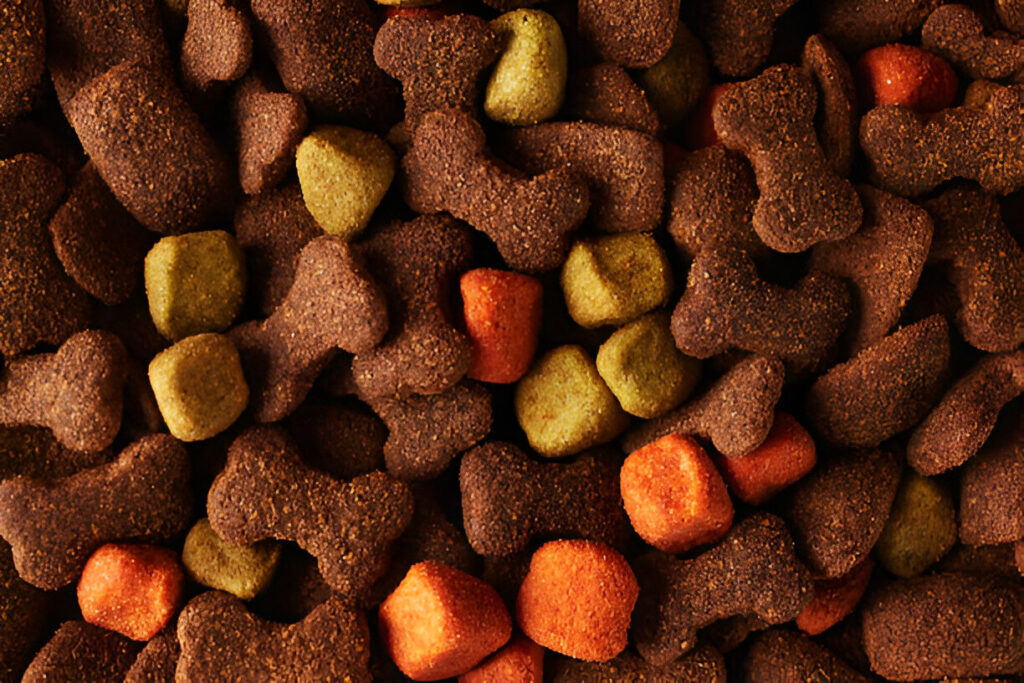American Culture on Cattle Food and Pets
American culture is deeply connected to the way both pets and livestock are cared for, impacting the food we provide and our treatment of these animals. Over time, the bond between humans and animals in the U.S. has evolved, significantly influencing food practices and attitudes toward animal care.
In recent years, the cultural perspective on pet care has shifted, with pets increasingly regarded as beloved members of the family. This transformation has sparked greater interest in the quality of food provided to pets, marking a stark contrast to the traditional, more utilitarian approach taken toward cattle feed. While pet food is now marketed with a focus on health, nutrition, and premium ingredients, cattle food remains primarily focused on sustaining livestock for production.
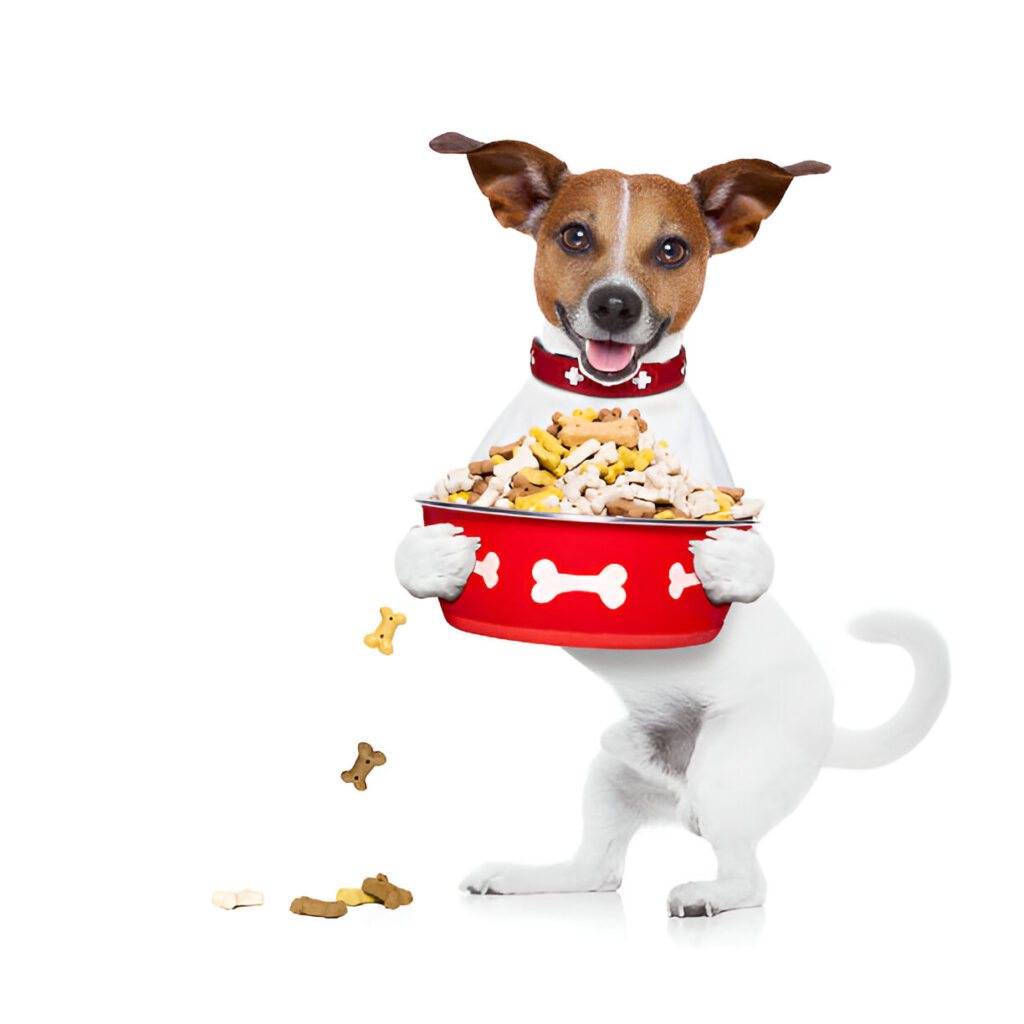
These contrasting food choices reflect deeper values within American society, showcasing changing attitudes toward the role animals play in our lives. The growing emphasis on premium pet food reflects a shift toward individualized care, mirroring broader social and economic trends that prioritize health and well-being. Conversely, cattle food practices underscore the continued importance of efficiency in livestock management, emphasizing the economic importance of cattle in American agriculture. Together, these trends illustrate the complex relationship between culture, food practices, and the role of animals in the American way of life.
The Role of Cattle in American Society
Cattle have played a pivotal role in the foundation of American agriculture. As a staple in the economy, cattle farming has shaped the way Americans approach farming and food production. The cattle industry has long been a symbol of the agrarian ideals that form part of the national identity. The production of cattle food is essential to sustaining this vast industry, yet it often takes a back seat in public awareness compared to the emotional attachment that many American pet owners have with their pets.
The economic impact of the cattle industry cannot be overstated. Cattle are not just central to U.S. agriculture but also form the backbone of major industries like beef production, leather goods, and dairy farming. However, the way cattle are fed and raised has begun to change as sustainability practices and consumer concerns about factory farming gain prominence.
The Rise of Pet Ownership in American Households
Pet ownership in the U.S. has reached record highs in recent decades, with over 67% of American households owning a pet. This cultural shift has transformed the way Americans approach pet care, making it a multimillion-dollar industry. Pets, especially dogs and cats, are often seen as family members, leading to an increased demand for high-quality pet food and accessories.
The emotional connection Americans have with their pets contributes to a significant difference in the way pet food is perceived. While cattle food serves a practical and functional purpose, pet food is often treated as a premium product, valued not only for its nutritional benefits but also for its role in providing comfort and enhancing the quality of life for pets.
American Attitudes Toward Cattle Food vs. Pet Food
Americans approach cattle food with a focus on function and efficiency, often prioritizing cost and practicality over emotional concerns. This contrasts with the perception of pet food, which is often treated as a luxury. Pet food has evolved from simple sustenance to gourmet meals, with organic, grain-free, and even raw food options becoming popular. The cultural divide between these two types of food underscores how the American relationship with animals has shifted, with pets receiving more attention and care than livestock.
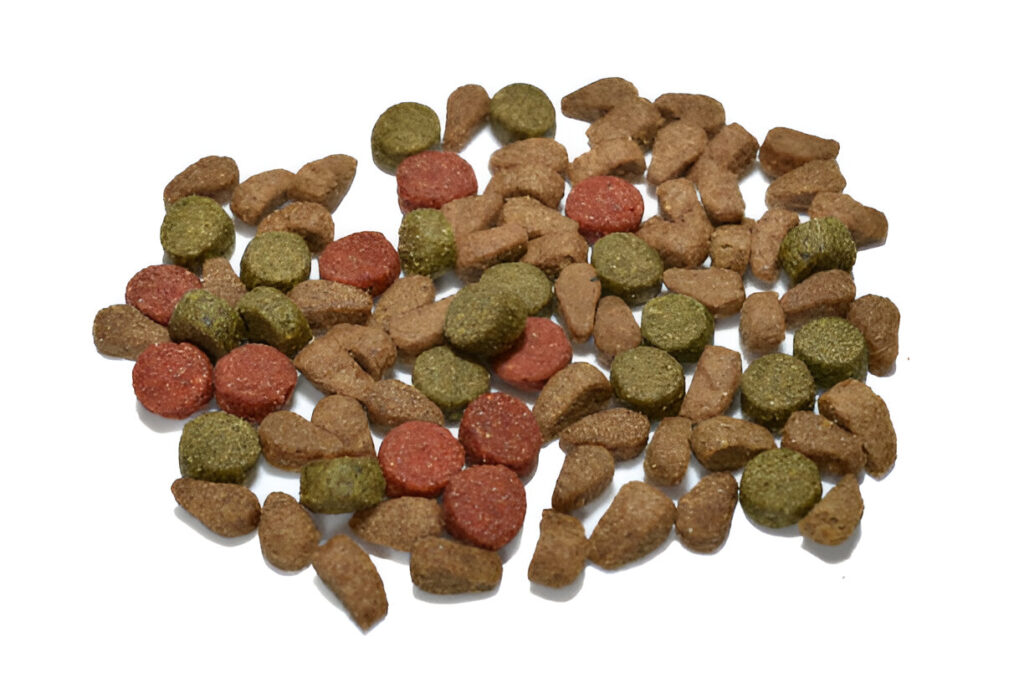
The Cultural Divide: Cattle Food vs. Pet Food
The cultural divide between cattle food and pet food is significant. Pet food, largely driven by emotion, often receives more media coverage and attention in popular culture. It’s featured in advertisements, celebrity endorsements, and even social media influencers. In contrast, cattle food tends to be less glamorous, often perceived as a necessity for agriculture rather than an indulgence for the animals.
Cattle food serves a utilitarian role, supporting livestock health and growth, while pet food’s emotional appeal has transformed it into a luxury item. This divide reflects how pets are increasingly treated as family members, while livestock, despite their economic importance, remain primarily seen as commodities.
How American Consumers Shape Cattle Food Standards
American consumers are starting to demand more from the cattle food industry, with a growing emphasis on sustainability and ethical practices. The increasing awareness of environmental issues and factory farming practices has led to a surge in demand for organic, grass-fed, and locally sourced cattle food. The push for better cattle feed aligns with the growing trend in the pet food industry, where consumers demand higher quality and more transparent ingredients.
The Ethical Considerations of Cattle Food in America
In recent years, ethical concerns about the production of cattle food have gained traction. Americans are increasingly conscious of factory farming’s environmental and animal welfare impact. As a result, there is growing support for grass-fed beef and organic cattle food, which are seen as more humane and environmentally friendly options. The ethical treatment of livestock is now a critical point of discussion, especially as more consumers adopt vegetarian or plant-based diets, further influencing the demand for better cattle food.
The American Love Affair with Pets
Pets have become integral members of American families, with pet ownership now a staple of American life. From serving as loyal companions to offering unconditional affection, pets have earned their place in the hearts and homes of millions. This cultural shift has led to an explosion in the pet food market, with specialized diets tailored to every need, including allergies, age, and breed.
American culture has evolved to view pets as emotional companions, requiring care and attention. Pet food has followed this transformation, moving from a basic necessity to an indulgence that reflects the love and care owners feel for their pets.
Cultural Influences on the Marketing of Pet Food
American marketers have capitalized on the cultural importance of pets, using it to drive the pet food industry. Celebrity pets, influencers, and social media trends all contribute to the growing desire for premium pet food products. The use of high-quality ingredients and transparent marketing appeals to pet owners who see themselves as advocates for their pets’ well-being.
Celebrity endorsements and viral social media campaigns have influenced pet food choices, turning pet care into an aspirational lifestyle. Pet food companies cleverly leverage these cultural forces, shaping consumer behavior and expanding the market for high-end pet food products.
Cattle Food vs. Pet Food: Health and Wellness Trends
Health-conscious consumers are making waves in both the cattle and pet food industries, pushing for cleaner, more nutritious food. However, pet food has been quicker to adopt wellness trends, such as raw food diets and specialized recipes for aging pets. The cattle food industry has been slower to incorporate these trends but is gradually catching up, with a focus on better nutrition and sustainability practices.
As health and wellness trends dominate American consumerism, both industries are increasingly aligned with the desire for transparency, quality, and sustainable practices. Pet owners want the best for their pets, and cattle food consumers are also becoming more discerning about the food they purchase for livestock.
The Impact of American Consumerism on Pet and Cattle Food Industries
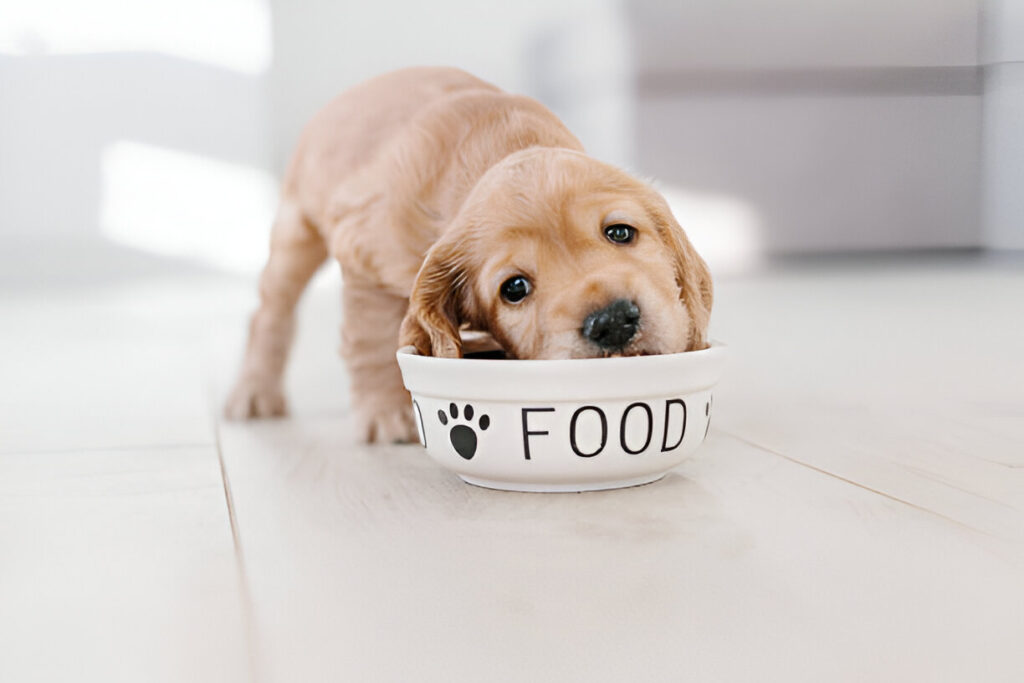
Shift Toward Premium Products:
American consumers are increasingly willing to invest in high-quality pet and cattle food, driving the demand for premium, organic, and specialized products. This consumer behavior has led to the growth of niche markets within both industries, with pet owners prioritizing health, sustainability, and ethical sourcing.
Influence of Health and Wellness Trends:
The growing focus on health and wellness has significantly impacted pet and cattle food. Consumers now look for foods that offer better nutrition, including grain-free, high-protein, and antioxidant-rich options. Both industries are seeing a rise in health-conscious products that cater to these evolving consumer preferences.
Sustainability Concerns:
American consumerism is shifting toward environmentally conscious choices. Pet owners are increasingly opting for sustainable pet food, while cattle food production is being scrutinized for its environmental impact. This has led to a surge in demand for plant-based, organic, and sustainably sourced ingredients in both sectors.
Innovation and Research:
Consumer demand for better-quality food has pushed both industries to innovate. In the pet food industry, advancements in technology have led to more personalized and tailored nutrition. Similarly, cattle feed production is evolving with research into more efficient and environmentally friendly practices to meet consumer expectations.
Transparency in Sourcing:
Consumers want to know where their pet and cattle food comes from. This push for transparency has forced both industries to disclose sourcing practices and ingredient origins. As a result, food labeling and certification standards have become more detailed and consumer-focused, increasing trust in the products.
The Rise of Ethical Consumerism:
Ethical concerns, including animal welfare, have become key drivers in American consumerism. As more consumers adopt plant-based diets and animal rights become a significant cultural issue, both the pet and cattle food industries are adapting by offering cruelty-free, organic, and ethically produced food options.
Shift to E-commerce:
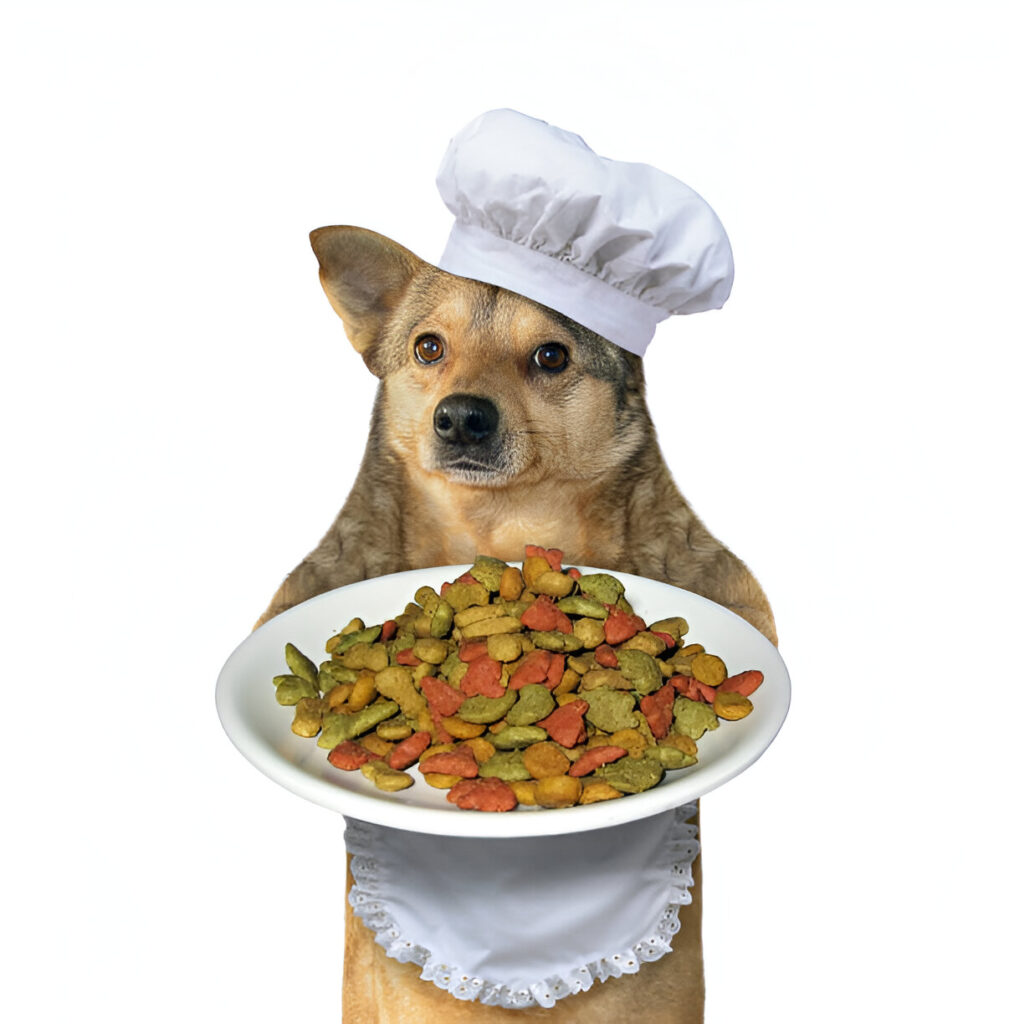
With the rise of online shopping, American consumers are now purchasing pet and cattle food products through e-commerce platforms. This shift has expanded the reach of both industries and has led to more competition, with companies offering subscription models, delivery services, and convenient online shopping experiences.
Social Media Influence:
Social media plays a major role in shaping consumer decisions in both pet and cattle food markets. Pet influencers and social media campaigns promoting healthier, sustainable pet food have increased awareness among pet owners, driving demand for specialized food. Similarly, the rise of food sustainability hashtags and campaigns has impacted consumer behavior in the cattle food sector.
Customization and Personalization:
American consumerism has fueled a demand for personalized products. Pet owners are increasingly looking for food tailored to their pet’s specific needs, such as breed, age, and health conditions. This trend is being mirrored in the cattle food industry, where personalized nutrition plans for livestock are being developed to improve health outcomes and productivity.
The Economic Impact on Pricing:
As consumer demand for higher-quality pet and cattle food increases, the price of premium products also rises. American consumers’ willingness to pay for these products has led to market differentiation, with budget-friendly options available alongside premium brands, allowing both industries to cater to a broad spectrum of consumers.
What Cattle Feed Trends Tell Us About American Agriculture
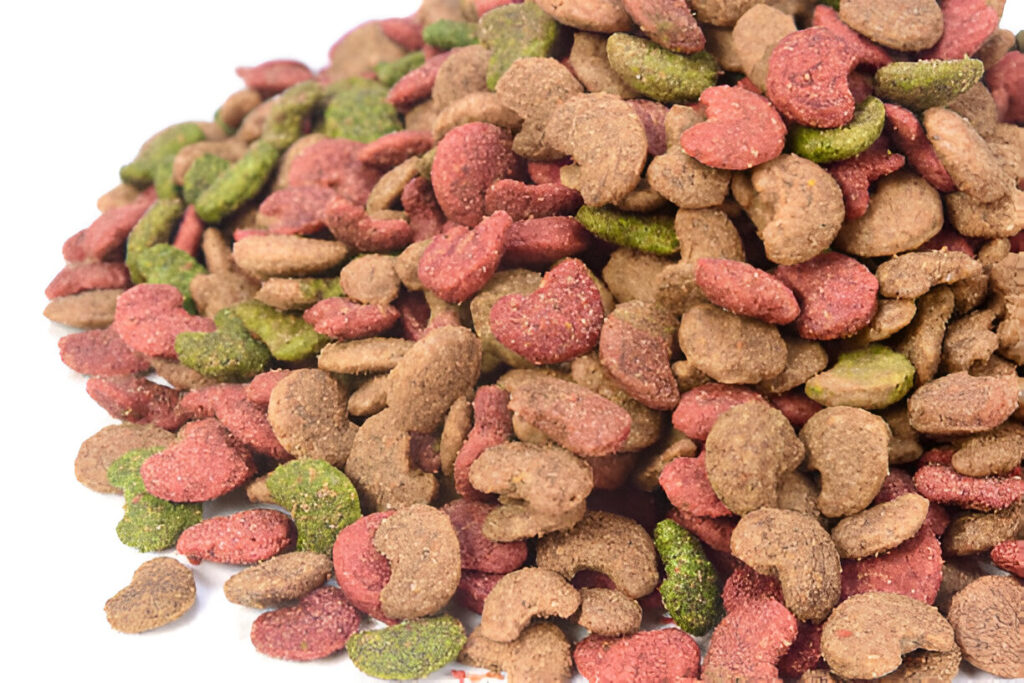
Cattle feed trends reveal much about the changing landscape of American agriculture. The focus on organic, grass-fed options in the cattle food sector reflects broader societal shifts toward sustainability and ethical food production. This trend mirrors changes in the pet food market, where consumers increasingly demand transparency and quality.
The impact of these trends is far-reaching, influencing how cattle are raised and how American agriculture adapts to consumer demands for environmentally friendly and humane practices.
Pets and Their Dietary Needs in American Culture
The dietary needs of pets in America have evolved as pets have moved from the backyard to the living room. From breed-specific diets to tailored meals for aging pets, American consumers are increasingly aware of what’s in their pets’ food. The influence of veterinarians, pet nutritionists, and pet owners has led to more informed decisions about pet diets, including the shift toward natural, organic, and specialized ingredients.
The Influence of Animal Welfare Movements on Cattle and Pet Food
Animal welfare movements have dramatically shaped both the cattle and pet food industries in America. As concerns about factory farming and livestock treatment grow, consumers are demanding better practices and more humane options. Similarly, the growing trend toward ethical treatment of pets has influenced the development of higher-quality pet food, often made with ingredients sourced from sustainable, cruelty-free suppliers.
Cultural Differences: American vs. Global Views on Cattle Food and Pet Care
American attitudes toward cattle food and pet care differ significantly from those of other cultures. While some cultures treat cattle as sacred or part of the family, American culture has historically viewed cattle more pragmatically. The emotional attachment to pets, however, is a distinctly American phenomenon, with pets often seen as equals to human family members.
This cultural divide has led to differences in the way food for cattle and pets is marketed, produced, and consumed across the globe.
Pet Food Innovation: How American Culture Drives Change
American consumers’ insatiable appetite for innovation has led to groundbreaking developments in the pet food market. Advances in pet food technology have given rise to customized, high-nutrient options that cater to specific health needs, from weight management to allergy relief. The growing demand for premium, natural pet food has revolutionized the pet care industry, setting a global standard.
How American Regulations Affect Pet and Cattle Food
Government regulations have a significant impact on both pet and cattle food production. Stricter food safety laws, transparency requirements, and health standards have raised the bar for food manufacturers. The U.S. has some of the strictest standards for pet food, ensuring that pets are fed high-quality safe food, while cattle food regulations are often less stringent, despite the growing demand for sustainable and ethical practices.

Social Media and Its Impact on Pet Food Culture
Social media has played a pivotal role in shaping the pet food culture in America. Platforms like Instagram and YouTube have allowed pet owners to share their pets’ lives, highlighting their dietary preferences and health needs. Pet influencers have created a ripple effect, impacting trends and influencing pet food manufacturers to meet the demand for more high-quality, unique products.
The Future of Cattle Food and Pet Food in American Culture
The future of both cattle food and pet food in America lies in sustainability, quality, and ethics. As consumer preferences continue to evolve, both industries will face increasing pressure to meet new standards. The focus on health-conscious eating and environmental responsibility will shape the way cattle are raised and fed, as well as how pets are nourished.
The Intersection of Food Culture and Pet Care in America
American food culture is inextricably linked to the care of both pets and cattle. As the humanization of pets continues to grow, so too does the trend toward more sophisticated pet food options. Meanwhile, cattle food remains an essential part of American agriculture, albeit one increasingly influenced by consumer demand for more ethical and sustainable practices.

The Role of Pet Ownership in American Culture’s Relationship with Food
Pets have not only transformed American homes but also the way Americans approach food. As pet owners become more discerning about the food they feed their pets, this has had a knock-on effect on broader food choices. The growing concern for ethical eating and healthy food practices among pet owners is shaping American food culture in profound ways.
Is the Demand for Premium Cattle Feed Impacting Pet Food Choices?
The trend towards higher-quality cattle feed has contributed to a broader cultural shift toward premium pet food. As consumers demand better nutrition for livestock, they are also expecting the same level of care and attention in their pets’ diets. This shift reflects a deeper cultural change, where the health of both animals and the environment is increasingly prioritized.

Conclusion: The Cultural Significance of Cattle Food and Pets in America
In America, cattle food and pet food are more than just products; they are reflections of the cultural values of health, sustainability, and ethical treatment of animals. As both industries evolve, so too will the cultural significance of the food we feed our pets and livestock. Understanding these trends offers a glimpse into the future of American food culture and its relationship with animals.
FAQ: The Influence of American Culture on Cattle Food and Pets
1. Why do Americans treat pets differently from cattle when it comes to food?
Americans often view pets as family members, leading to a more emotional and luxury-driven approach to their care. Pet food is marketed as premium, focusing on quality and nutrition. In contrast, cattle food is primarily seen as functional and necessary for agricultural purposes, often prioritizing efficiency over emotional attachment.
2. How has pet ownership in America influenced pet food trends?
With the rise in pet ownership, particularly pets being considered part of the family, Americans have sought higher-quality, specialized diets for their pets. This shift has driven innovation in the pet food industry, leading to the popularity of organic, raw, and grain-free options, all tailored to meet the specific health needs of pets.
3. What are the ethical concerns surrounding cattle food in America?
Americans are increasingly concerned about factory farming practices and the environmental impact of industrial cattle feed. There’s a growing demand for sustainable, organic, and grass-fed options, reflecting a cultural shift toward more ethical food production practices for livestock.
4. How does American culture influence the cattle food industry?
Cultural shifts toward sustainability, environmental responsibility, and animal welfare are reshaping the cattle food industry. Consumers are pushing for better practices in cattle farming, demanding more natural and organic feed options, as well as transparency in the sourcing of cattle food.
5. What role does social media play in pet food trends?
Social media has played a significant role in shaping pet food culture. Pet influencers and viral content have raised awareness about pet health and dietary choices, encouraging pet owners to choose higher-quality food options. Platforms like Instagram and YouTube have made pet food trends more visible, influencing consumer preferences.
6. How are regulations impacting both cattle and pet food industries in America?
The U.S. government enforces strict regulations on pet food to ensure its safety and nutritional quality. These regulations have led to the development of high-standard pet food products. In contrast, cattle food regulations are often less strict, though growing awareness around sustainability and animal welfare is influencing changes in the cattle food sector.
7. What are the future trends for cattle food and pet food in America?
Both industries are expected to focus more on sustainability, health-conscious choices, and ethical practices. As Americans become more aware of the environmental and ethical implications of food production, the demand for organic, sustainable, and humane practices will increase in both pet and cattle food production.
8. How do American consumer demands impact the cattle food market?
As American consumers push for better quality food for both pets and livestock, the cattle food market is evolving. There’s an increased demand for better nutritional standards and more sustainable practices. This shift in consumer demand is forcing the industry to adapt, particularly as consumers seek more environmentally friendly options for livestock feeding.
9. Are there cultural differences in how cattle food and pet food are perceived globally?
Yes, cultural differences do exist. In some cultures, livestock like cattle are considered sacred or are viewed with respect, influencing how cattle food is perceived. Meanwhile, in American culture, cattle food is seen as practical, whereas pets are treated as family members, leading to a more emotional and luxurious approach to pet care and food.
10. How does the growing concern for animal welfare affect pet and cattle food production?
The rise in animal welfare concerns has led to a demand for more humane and ethical practices in both industries. This includes better conditions for animals raised for food and more transparency in the sourcing of ingredients used in both pet and cattle food. Consumers are increasingly choosing products that align with their ethical beliefs about animal treatment.
<script type="application/ld+json">
{
"@context": "https://schema.org",
"@type": "BlogPosting",
"mainEntityOfPage": {
"@type": "WebPage",
"@id": "https://yourpetsdoc.com/wp-admin/post.php?post=1005&action=edit"
},
"headline": "The 1st Profound Influence of American Culture on Cattle Food and Pets",
"description": "American culture is deeply connected to the way both pets and livestock are cared for, impacting the food we provide and our treatment of these animals. Over time, the bond between humans and animals in the U.S. has evolved, significantly influencing food practices and attitudes toward animal care.",
"image": "https://yourpetsdoc.com/wp-content/uploads/2025/02/American-Culture-on-Cattle-Food-and-Pets-5-1024x1024.jpg",
"author": {
"@type": "Person",
"name": "yourpetsdoc.com",
"url": "https://yourpetsdoc.com/wp-admin/edit.php"
},
"publisher": {
"@type": "Organization",
"name": "yourpetsdoc.com",
"logo": {
"@type": "ImageObject",
"url": "https://yourpetsdoc.com/"
}
},
"datePublished": "2025-02-07",
"dateModified": "2025-02-07"
}
</script>